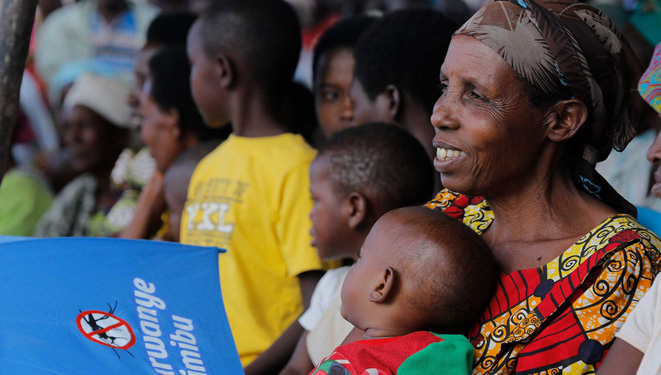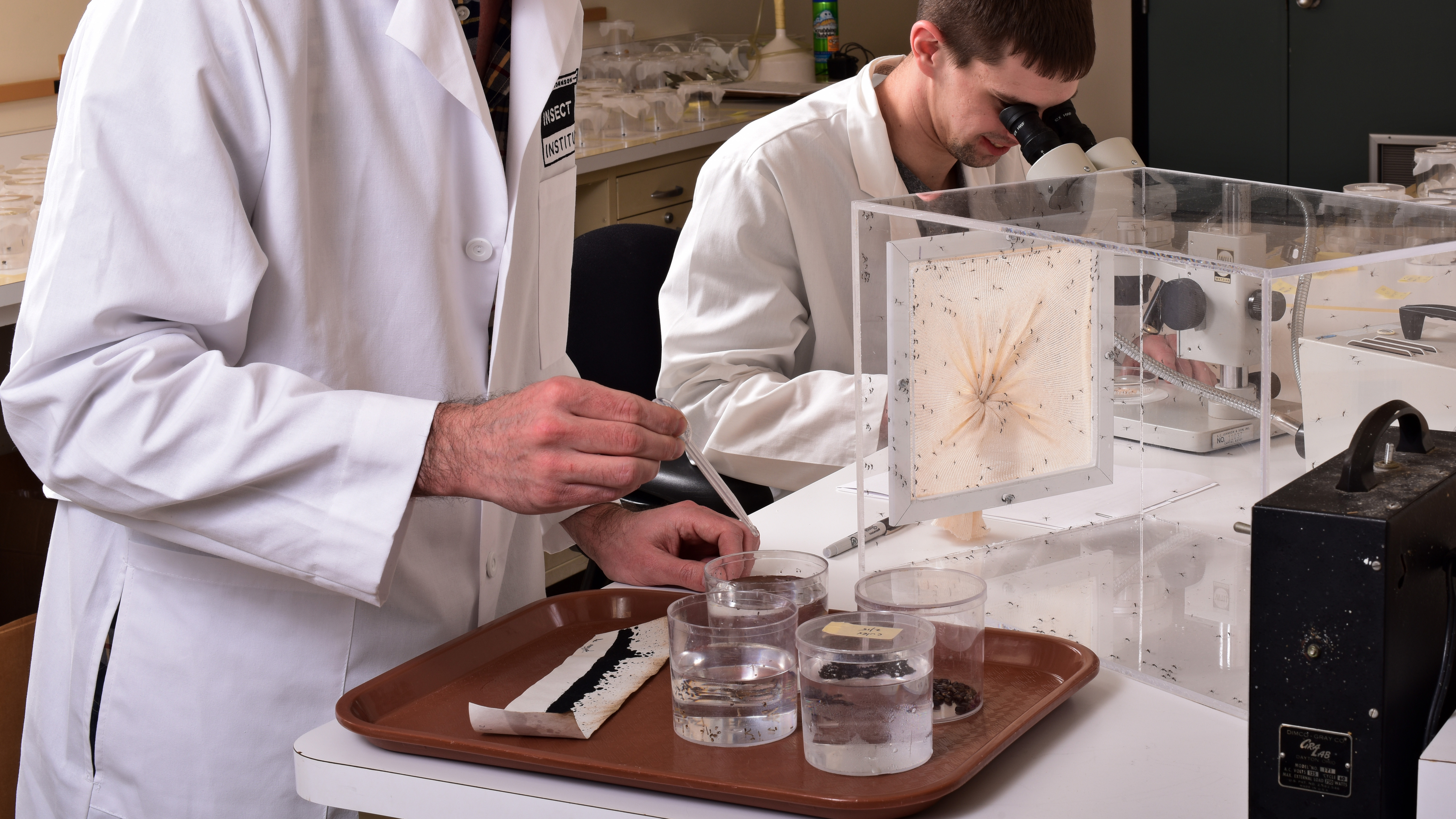
Mosquito Education & Prevention

As the makers of Raid, OFF! and Baygon and a leader in the insect repellent space, SC Johnson is committed to working toward a healthier world. For more than six decades, SC Johnson has been utilizing our insect science expertise to help families educate and protect themselves against insect-borne illnesses.
FAQs Mosquitoes and Prevention
Applying a personal repellent correctly can help protect you from mosquitoes. Before using a personal repellent, always read the product label first to make sure you are using the product that’s right for you and your family. Always follow the manufacturer’s instructions on the particular repellent you choose.
Personal repellents should be used on exposed skin and clothes to prevent mosquitoes from biting. Be sure to apply repellents only to exposed skin and clothing and never underneath clothing. If you plan to wear sunscreen, apply sunscreen first and then insect repellent over it.
There are a number of practical steps you can take to minimize your exposure to mosquitoes. These steps can help to prevent mosquitoes from landing directly on your skin or clothing, from breeding outside and around your home, and from coming into your home.
1. Remove standing water.
2. Avoid planning activities around peak mosquito hours.
3. Apply personal repellent.
4. Have spatial repellents on hand to keep mosquitoes away.
5. Wear appropriate clothing such as light-colored, long-sleeved shirts and long pants, socks, and hats.
Click to learn more about minimizing exposure to mosquitoes.
N,N-diethyl-meta-toluamide, also known as DEET, is an active ingredient found in many personal repellent formulas. It is a nearly colorless liquid with a faint characteristic odor. In 1946, The United States Department of Agriculture (USDA) developed DEET for use by the U.S. Army. The liquid became available for civilians in 1957. Today, DEET is registered as a personal insect repellent for direct application to the skin and can be used on both adults and children when used as directed by the label.SC Johnson makes a variety of DEET products under the Autan® and OFF!® brand names. While our Greenlist™ ingredient selection program means we are always looking for better and better ingredient options, DEET has a solid, long-standing reputation. It has been applied many billions of times by people for over 60 years.
Picaridin (also known as KBR 3023, Icaridin or Saltidin) is, like DEET, an effective active ingredient in personal repellents. Picaridin is an odorless, colorless and non-greasy liquid that leaves little trace on skin and repels mosquitoes.. First used in Europe in 2001, it has since been adopted around the world.
Personal repellents with Picaridin do not dissolve plastics or acrylics, making them well suited for various recreational gears and certain clothing.
Only female mosquitoes bite. They use blood as a source of protein for their eggs, and they lay their eggs after a meal of blood.
Adult Aedes aegypti mosquitoes typically actively bite during the day, most particularly in the early morning and at dusk. They are attracted to people primarily through the carbon dioxide in people’s breath.
Other factors, such as clothing color and skin smell (as in perspiration) may also influence biting behaviors. Lighter clothing colors are considered less attractive to mosquitoes.
Videos
Dengue
Dengue FAQs
The Aedes aegypti mosquito picks up a virus, such as dengue when it bites an infected individual. If there are no infected individuals for the mosquito to bite, it cannot spread the dengue virus because it is not infected itself.
If the mosquito bites someone that is infected with the dengue virus, it picks up the virus from that infected person.
There are a couple of tips that can help control the spread of dengue
1. Stopping the eggs
a. Cover rain barrels or domestic water tanks so mosquitoes cannot get in. Get rid of garbage in and around the home and place in closed plastic bags and containers. Look for blocked drains to remove a source of standing water.
2. Manage the Inside of Your Home
a. Mosquitoes can get into the home as people go in and out through doorways, and through windows – particularly those without secure screens. If you don’t have screens, putting up permanent or temporary screens may reduce the number of mosquitoes getting into the home.
3. Protect Yourself Outdoors
a. Click to learn more about minimizing exposure to mosquitoes.
According to the CDC, mild symptoms of dengue can be confused with other illnesses that cause fever, aches and pains, or a rash lasting around 2-7 days.
Learn more about symptoms and treatment from the CDC website.

